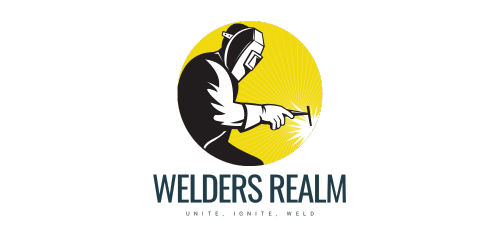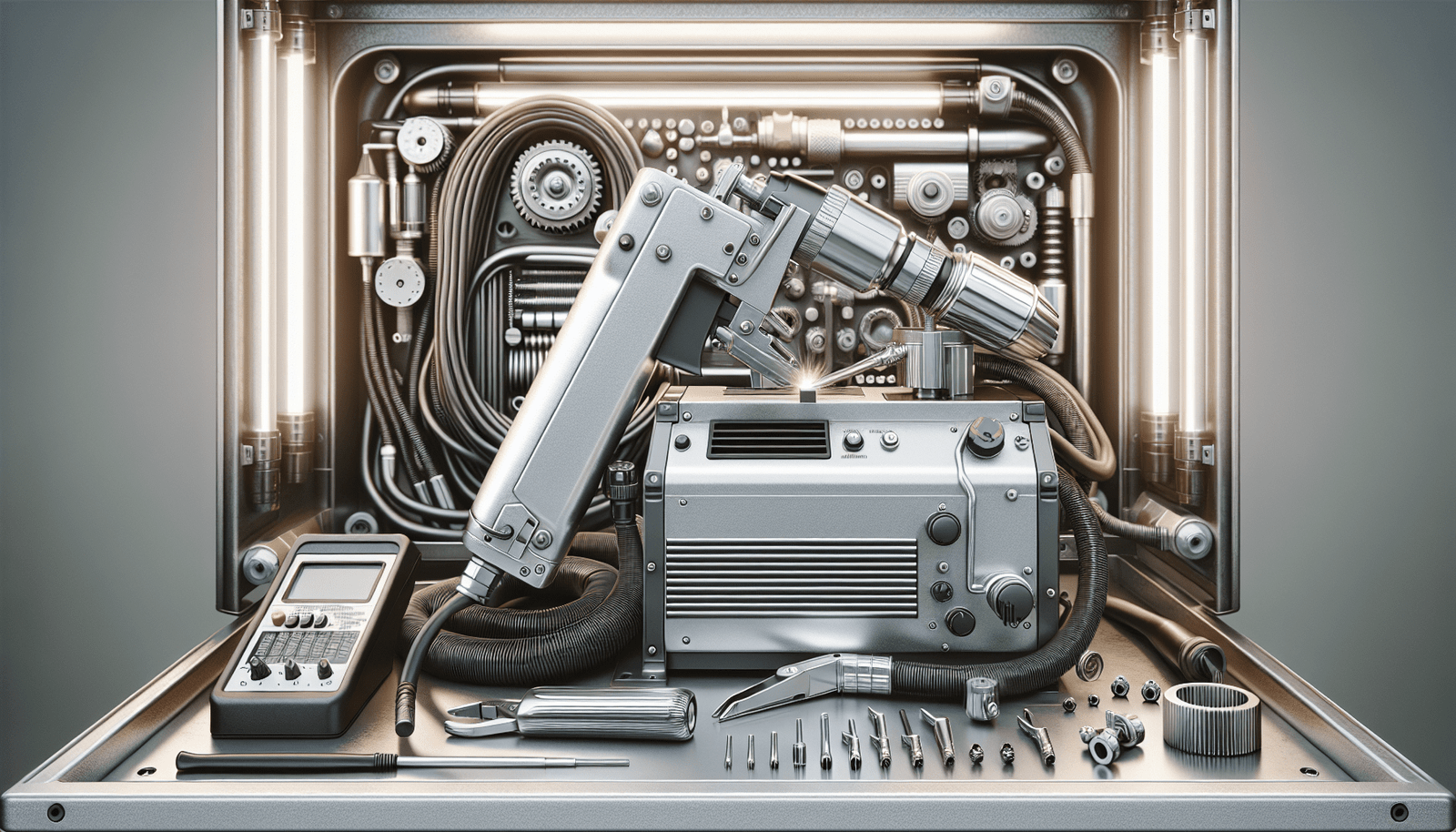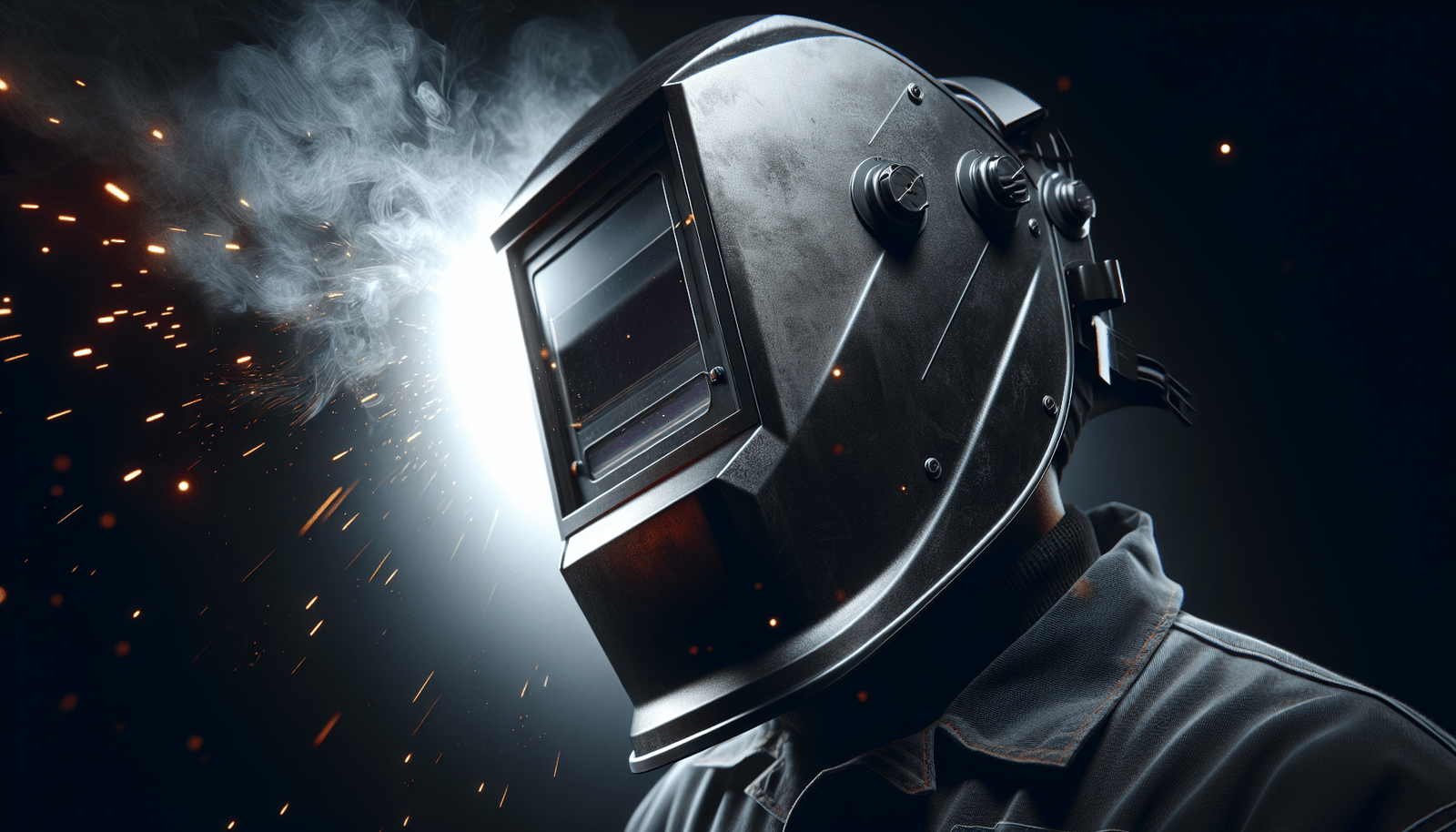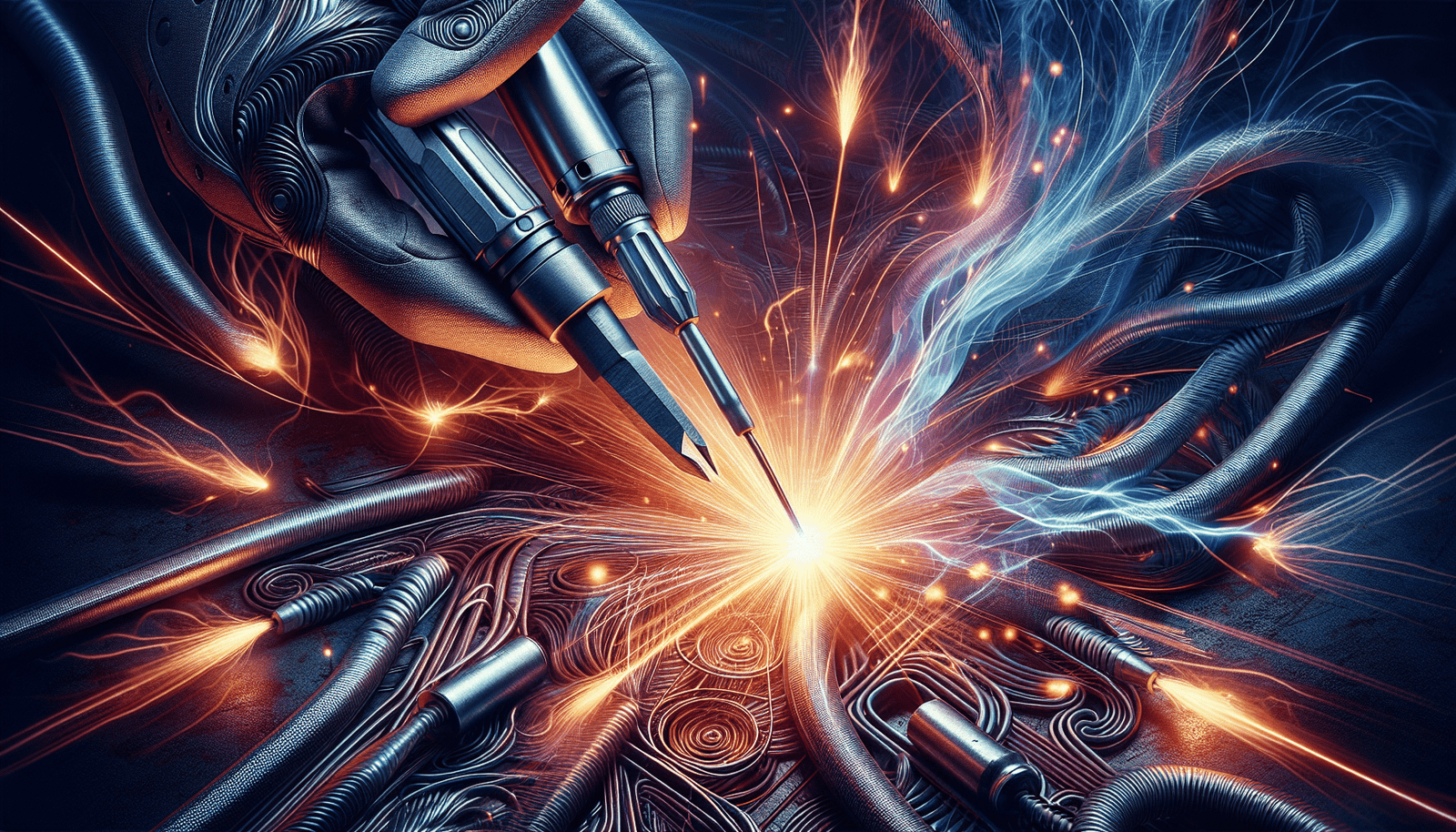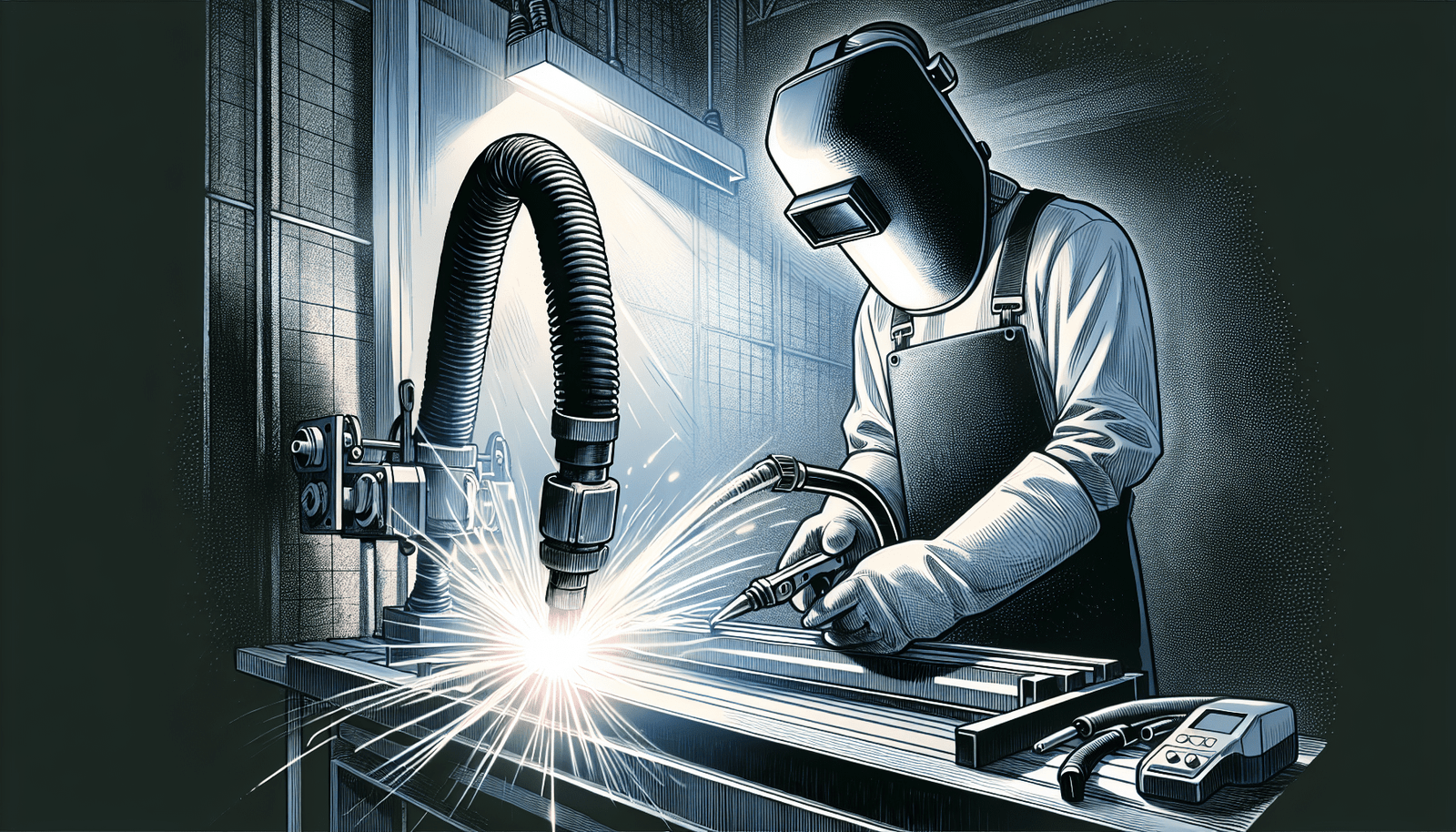If you want to make sure your welding machine keeps working at its best, proper maintenance is key. With a few simple steps, you can ensure the longevity and efficiency of your welding equipment. By regularly cleaning and inspecting your machine, as well as performing routine maintenance tasks, you can avoid costly repairs and downtime. In this article, you’ll learn some valuable tips and techniques for maintaining your welding machine, keeping it in top-notch condition for all your welding needs. So let’s get started and ensure your welding machine keeps running smoothly!
Understanding the Importance of Maintenance
When it comes to welding machines, regular maintenance is crucial for optimal performance. Poorly maintained machines can negatively impact their performance, leading to decreased efficiency and productivity. Ignoring maintenance can result in costly breakdowns and repairs, causing downtime that can affect your work deadlines. By taking the time to properly maintain your welding machine, you can ensure its longevity and maximize its performance.
The impact of poorly maintained machines on performance
A welding machine that is not well-maintained can experience various performance issues. One common problem is inadequate power output, which can result in weak or incomplete welds. This can compromise the strength and durability of your welds, posing a safety risk. Additionally, poorly maintained machines can suffer from reduced welding speed, increased spatter, and frequent weld defects. These issues not only affect the quality of your work but can also lead to costly rework and wasted materials.
Cost efficiency benefits of regular maintenance
Investing in regular maintenance for your welding machine will ultimately save you money in the long run. By identifying and addressing potential issues early on, you can prevent major breakdowns that would require costly repairs or even replacement of the machine. Regular maintenance also helps improve the efficiency and productivity of your welding machine, allowing you to complete projects in a timely manner. By avoiding unexpected downtime, you can reduce the financial impact on your business and maintain a consistent workflow.
Improving the lifespan of your welding machine
Proper maintenance is essential for extending the lifespan of your welding machine. Regularly inspecting, cleaning, and servicing your machine can help identify and resolve potential problems before they escalate. By taking care of your welding machine, you can minimize wear and tear on its components, ensuring they function optimally for a longer period. This not only maximizes the return on your investment but also allows you to rely on the machine for years to come without the need for frequent replacements.
Knowing Your Welding Machine
To effectively maintain your welding machine, it is important to have a good understanding of its various parts and their functionality. This knowledge will enable you to identify any potential trouble areas and troubleshoot issues more efficiently.
Identifying the different parts of the welding machine
A welding machine is composed of several key components, including the power source, wire feeder system, welding gun, cables, and cooling system. Familiarize yourself with the location and purpose of each part to ensure proper maintenance.
Understanding the functionality of each component
Each component of a welding machine plays a vital role in the welding process. The power source provides the necessary electrical current, while the wire feeder system feeds the welding wire to the welding gun. The welding gun, equipped with a nozzle and electrode, produces the arc that melts the welding wire and creates the weld. The cables transmit the electrical current from the power source to the welding gun. Lastly, the cooling system prevents the machine from overheating during prolonged use.
Learning to identify potential trouble areas
By knowing the different parts and their functionality, you can identify potential trouble areas that may require maintenance or repair. For example, if you notice irregular wire feeding or poor arc performance, it could indicate a problem with the wire feeder system or welding gun. Familiarize yourself with the common signs of component malfunctions to address issues promptly and prevent further damage.
Developing a Routine Maintenance Schedule
Establishing a routine maintenance schedule is essential for ensuring the consistent performance and longevity of your welding machine.
Deciding on the frequency of maintenance checks
The frequency of maintenance checks will depend on the usage and workload of your welding machine. As a general guideline, it is recommended to perform routine maintenance at least once every three months for moderate usage. However, for heavy usage or industrial applications, more frequent maintenance may be necessary.
Importance of consistency in maintenance
Consistency is key when it comes to maintenance. Set a regular schedule and stick to it. Skipping or delaying maintenance checks can increase the risk of component failures and compromise the overall performance of your welding machine. Establishing a routine helps to ensure that your machine remains in optimal condition and minimizes the chances of unexpected breakdowns.
Building a comprehensive checklist for routine upkeep
Create a checklist that covers all the necessary maintenance tasks for your welding machine. This checklist should include tasks such as cleaning the machine, inspecting components for damage or wear, checking for loose connections, and assessing the welding surface. Refer to the manufacturer’s guidelines and recommendations to ensure all maintenance tasks are covered. Regularly review and update your checklist to address any specific requirements or changes in your machine’s maintenance needs.
Cleaning Components Regularly
Proper cleaning of the components in your welding machine is essential for maintaining optimal performance and preventing issues such as wire feeding problems or clogged nozzles.
How to properly clean the welding gun
Cleaning the welding gun is crucial to avoid contaminated welds and ensure consistent performance. Start by disconnecting the power source and removing the nozzle and electrode. Use a wire brush to remove any spatter or debris from the contact tip and gas diffuser. Inspect the nozzle for signs of wear or blockage and clean it thoroughly. Once cleaned, reassemble the welding gun and ensure proper tightening of the components.
The necessity of keeping wire feeder systems clean
The wire feeder system plays a critical role in delivering a consistent feed of welding wire to the welding gun. Regular cleaning of the wire feeder system is necessary to prevent blockages and erratic wire feeding. Remove any debris or dust from the wire spool and ensure proper alignment of the wire feeding mechanism. Lubricate the wire drive components as recommended by the manufacturer to ensure smooth operation.
Disassembling and cleaning the weld cables safely
Welding cables connect the power source to the welding gun and are prone to dirt, debris, and damage. It is important to regularly inspect and clean the weld cables to maintain proper conductivity and prevent potential hazards. Carefully disconnect the cables from the power source and welding gun, ensuring the machine is turned off. Clean the cables with a wire brush and inspect them for any signs of damage or wear. Replace any damaged cables promptly to avoid safety risks.
Meticulous Inspection of the Machine
Regularly inspecting your welding machine is crucial for identifying potential issues and preventing major breakdowns.
Checking for leaks, cracks, and damages
Inspect all components of the welding machine for any signs of leaks, cracks, or damages. Pay close attention to the power source, wire feeder system, welding gun, cables, and cooling system. Leaks or cracks in the power source can indicate internal issues that may require professional servicing. Damaged cables or loose connections should be addressed promptly to ensure proper electrical conductivity. Any signs of damage should be repaired or replaced to prevent further deterioration and maintain the machine’s performance.
Inspecting for loose connections
Loose connections can lead to inefficient power transfer and compromised welding performance. Regularly inspect all connections, including those between the power source, wire feeder system, welding gun, and cooling system. Ensure that all connections are properly tightened and secure. Loose connections can be tightened with the appropriate tools or by following the manufacturer’s guidelines. By addressing loose connections early on, you can prevent potential electrical hazards and maintain the integrity of your machine’s performance.
Assessing the wear and tear of the machine
Over time, the components of your welding machine will naturally experience wear and tear. Regularly assess the condition of key components, such as the welding gun, cables, and wire feeder system. Look for signs of excessive wear, such as frayed cables or worn-out contact tips. These worn components should be replaced promptly to prevent performance issues and ensure safe operation.
Maintaining the Welding Surface
Maintaining a clean and dry welding surface is essential for achieving high-quality welds and preventing contamination or corrosion.
Keeping the welding area dry and clean
Ensure that your welding area is free from moisture and debris. Moisture can negatively affect the welding process and lead to poor weld quality or rusting of components. Keep the welding area clean by removing any dust, dirt, or other contaminants that may interfere with the welding process. Regularly sweep or vacuum the area to prevent the buildup of debris.
Preventing rust and corrosion on the welding surface
Rust and corrosion can compromise the integrity of your welds and damage the components of your welding machine. To prevent rust and corrosion, store your machine in a dry and clean environment when not in use. Apply a rust inhibitor or protective coating to exposed metal surfaces to provide an additional layer of protection. Regularly inspect the welding surface for any signs of rust or corrosion and address them promptly to prevent further damage.
Proper methods for cleaning a contaminated surface
If your welding surface becomes contaminated, it is important to clean it properly before starting any welding work. Use a wire brush or grinder to remove any rust, paint, or other contaminants from the surface. Ensure that the surface is clean and smooth before proceeding with your welding work. Cleaning the surface thoroughly will help ensure strong and durable welds and maintain the overall quality of your work.
Ensuring Proper Ventilation and Cooling System
Proper ventilation and cooling are crucial for maintaining the performance and longevity of your welding machine.
The importance of maintaining a good ventilation system
Welding produces fumes and gases that can be hazardous if not properly ventilated. Ensure that your welding area has adequate ventilation to prevent the accumulation of harmful fumes. Good ventilation helps to maintain a safe and comfortable working environment, reducing the risk of respiratory problems and other health issues.
Regularly checking and cleaning the machine’s fans
The cooling system of your welding machine relies on fans to prevent overheating. Regularly check the fans for any obstructions or buildup of dust and debris. Clean the fans using compressed air or a soft brush to ensure proper airflow. Clogged fans can lead to overheating and potential damage to the machine’s components. By maintaining clean and functional fans, you can prevent overheating and extend the lifespan of your welding machine.
Preventing overheating of your welding machine
Overheating can significantly affect the performance and lifespan of your welding machine. Ensure that the cooling system is functioning properly by regularly checking the temperature gauges and monitoring the machine’s heat levels during operation. If the machine shows signs of overheating, such as unusual noises or excessive heat emission, immediately turn off the machine and allow it to cool down before continuing with your work. Proper ventilation, cleaning of fans, and regular maintenance checks are key to preventing overheating and maintaining optimal performance.
Checking and Replacing Consumables Regularly
Regularly checking and replacing consumable parts is essential for consistent and efficient welding.
Recognizing when consumables need replacement
Consumable parts, such as contact tips, electrodes, and nozzles, experience wear and tear during welding. Inspect these parts regularly and replace them when necessary. Signs that consumables may need replacement include excessive spatter, erratic arc performance, or poor weld quality. Consult the manufacturer’s guidelines to determine the recommended replacement intervals for specific consumable parts.
Stocking up on essential consumables
Ensure that you have an adequate supply of consumable parts to avoid interruptions in your work. Stock up on essential consumables, such as contact tips, electrodes, and nozzles, based on your welding requirements and manufacturer recommendations. Having a readily available inventory of consumables will allow you to replace worn or damaged parts immediately, ensuring continuous workflow and consistent weld quality.
Efficient management of consumables
Proper management of consumables involves maintaining an organized storage system and tracking usage. Keep consumables in a clean and dry environment, away from moisture and dust. Use labeled containers or organizers to easily locate and access the consumable parts you need. Implement a system to track usage and monitor when consumables need to be replenished. Efficient management of consumables helps to minimize downtime and optimize your welding operations.
Upgrading Welding Equipment Periodically
Keeping up with the latest advancements in welding technology and upgrading your equipment when necessary can enhance your welding capabilities and improve efficiency.
Staying updated with newer technology
The field of welding technology is constantly evolving, with advancements in equipment and techniques. Stay informed about the latest developments in welding technology by reading industry publications, attending trade shows, or participating in professional development programs. Keeping up with new technologies allows you to explore improved features and capabilities that can enhance your welding processes.
Evaluating when upgrades are necessary
Regularly evaluate your current welding equipment and assess whether it meets your changing needs and requirements. Consider factors such as productivity, efficiency, safety features, and energy consumption. If your current equipment is becoming outdated or no longer able to meet your welding demands, it may be time to consider upgrading to newer models that offer improved performance and features.
Choosing the right upgrades for your machine
When upgrading your welding equipment, carefully consider your specific requirements and budget. Research different models and brands, comparing features, reliability, and customer reviews. Consult with welding professionals or trusted suppliers to determine the best options for your needs. Choose upgrades that will provide tangible benefits such as improved welding speed, enhanced arc performance, or increased energy efficiency. Making informed decisions will ensure that your upgraded equipment aligns with your welding goals and maximizes your investment.
Arranging for Professional Servicing
While regular maintenance can address most issues, there are times when professional help is necessary to identify and resolve complex problems.
Determining when professional help is necessary
Some maintenance tasks, such as troubleshooting advanced electrical issues or repairing internal components, require the expertise of a professional. If you encounter problems that you are unable to resolve or if your welding machine shows persistent issues despite regular maintenance, it is advisable to seek professional assistance. Professional technicians have the knowledge, skills, and specialized tools to diagnose and repair complex problems effectively.
Choosing a trustworthy service provider
When selecting a service provider for your welding machine, choose a reputable and experienced company or technician. Look for certifications, industry affiliations, and positive customer reviews. Seek recommendations from fellow welders or consult your equipment manufacturer for authorized service providers. A trustworthy service provider will ensure that your machine receives proper care, maintenance, and repairs, allowing you to rely on its performance for years to come.
Ensuring proper implementation of servicing
When arranging for professional servicing, provide the service provider with all necessary information about your welding machine, including its make, model, and any relevant maintenance history. Clearly communicate any specific issues or concerns you have encountered. Ensure that the servicing is performed according to the manufacturer’s guidelines and recommendations. Regularly follow up with the service provider to address any additional questions or concerns that may arise.
By following these guidelines for proper maintenance, you can optimize the performance and lifespan of your welding machine. Regular cleaning, diligent inspection, and timely replacement of consumables are crucial for consistent and efficient welding. Understanding the different parts and their functionality allows you to identify potential trouble areas and troubleshoot issues effectively. By investing in routine maintenance and occasional upgrades, you can ensure that your welding machine remains a reliable and valuable tool for your welding projects.
